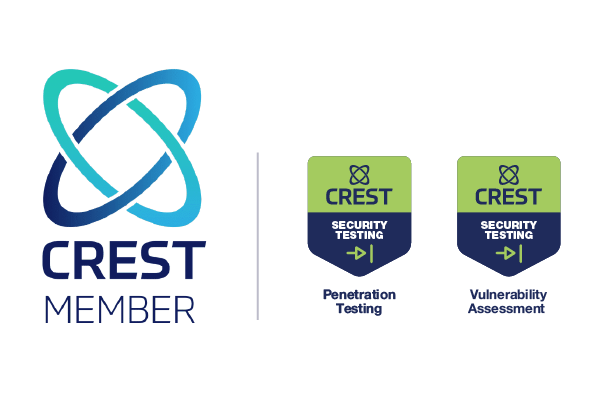Simulate real-world Attacks to strengthen your infrastructure defenses
Red Team Assessments are the pinnacle of cybersecurity testing, designed to simulate real-world attacks on your organisation’s security posture.
These assessments go beyond traditional penetration testing by emulating the tactics, techniques, and procedures (TTPs) used by adversaries to penetrate your defences, exploit vulnerabilities, and test your incident response capabilities.
Bramfitt Technology Labs (BTL) offers highly realistic Red Team Assessments to challenge your security controls, uncover hidden weaknesses, and strengthen your overall resilience against sophisticated cyber threats.
Comprehensive, multi-layered attack simulations to secure your infrastructure
BTL’s Red Team Assessments are comprehensive, targeting the entire spectrum of your organisation’s security—both digital and physical. Our assessments simulate persistent and advanced threats, providing a complete analysis of how your defences stand up against a determined adversary.
Our service includes:
Benefits of infrastructure attack simulations
Engaging BTL for a Red Team Assessment offers your organisation a unique opportunity to see how well your security defences perform under real-world attack conditions.
The benefits of our approach include:
How our Red Team Assessments work
1. Initial Consultation Planning and Scoping
We begin by defining the scope of the Red Team Assessment, understanding your organisation’s critical assets, threat landscape, and objectives, to tailor our approach to your specific needs.
2. Reconnaissance and Intelligence Gathering
Our team conducts thorough research to gather intelligence on your systems, networks, personnel, and any publicly available information that could be used to craft realistic attack scenarios.
3. Attack Execution
We simulate a range of attack vectors, including digital attacks on your network, social engineering to exploit human vulnerabilities, and physical attempts to breach your premises. These attacks are conducted stealthily to mimic a real adversary’s behaviour.
4. Lateral Movement and Persistence Testing
Once initial access is gained, we explore lateral movement within your environment, testing your organisation’s ability to detect and respond to deeper infiltration attempts.
5. Analysis and Reporting:
Upon completing the simulation, we deliver a detailed report that outlines every step of the attack, the methods used, vulnerabilities exploited, and your team’s response effectiveness. We provide both technical findings and strategic recommendations for improvement.
6. Debrief and Remediation Support
We conduct a comprehensive debrief with your leadership and security teams, discussing the results and guiding you through the remediation process to fortify your defences against similar threats in the future.
Why work with BTL?
Bramfitt Technology Labs is recognised for its realistic and tailored approach to Red Team Assessments. Our team consists of seasoned cybersecurity professionals who bring deep expertise in emulating sophisticated threat actors.
We do not merely point out vulnerabilities; we work with you to understand the context, impact, and remediation strategies, transforming your security posture from reactive to proactive. At BTL, we are committed to enhancing your organisation’s ability to withstand and respond to the most advanced cyber threats, making your defences more resilient and adaptive to the evolving landscape.
Talk to us
Is your organisation ready to face a full-scale cyberattack? Contact Bramfitt Technology Labs today to discuss how our Red Team Assessments can help you identify and close security gaps before real adversaries can exploit them. Let’s build a security strategy that not only defends but actively anticipates and neutralises the next wave of cyber threats.








